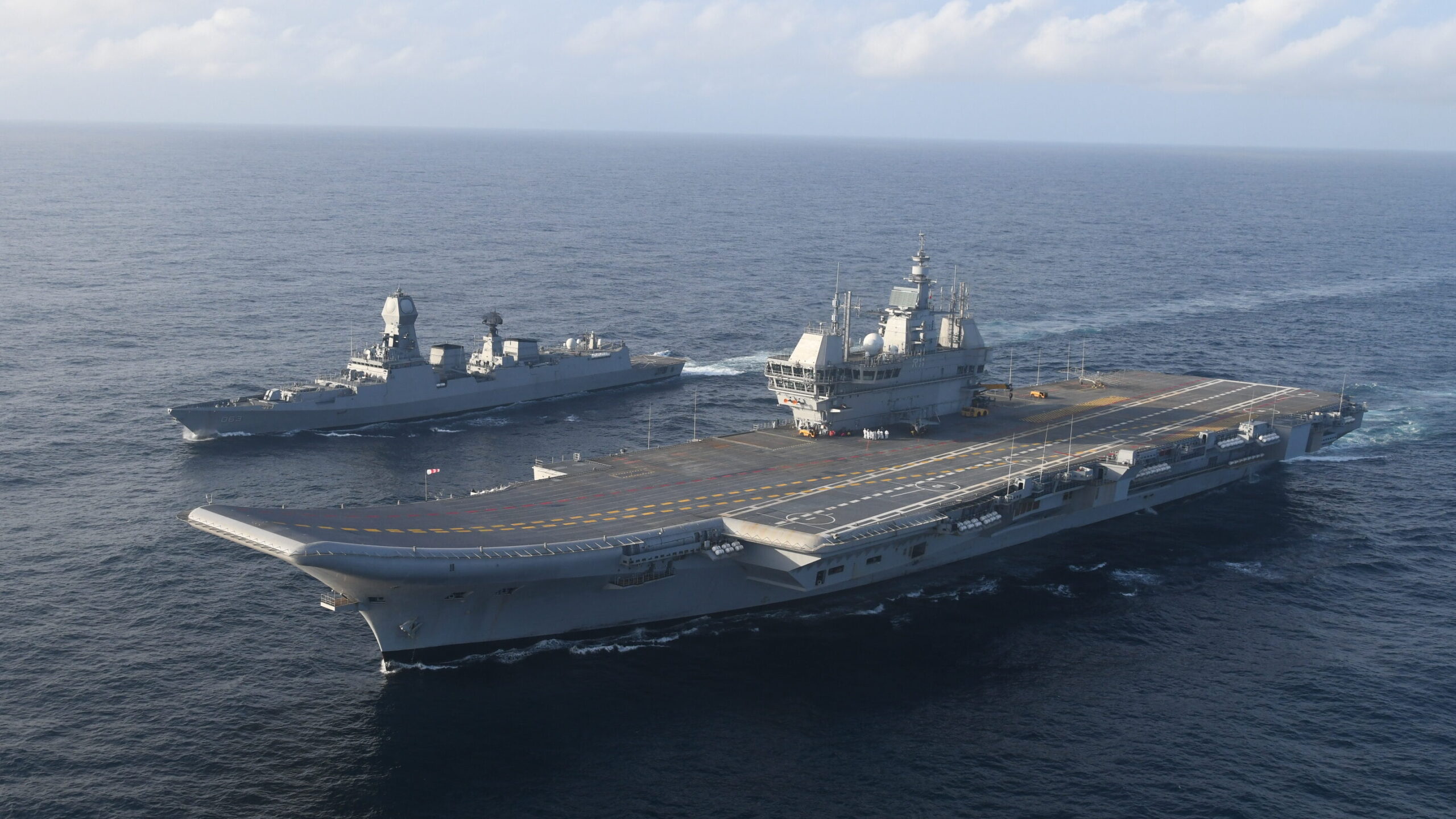Why Indigenous Indian Weapons Such as LCA Tejas, INS Vikrant & Arjun MBT Are Failing to Meet Expectations Despite Billion-Dollar Investments?
India has been striving to develop indigenous military hardware, but recent setbacks with its Vikrant aircraft carrier, Arjun tank, and Tejas fighter jet programs have highlighted the challenges faced by the country.

The INS Vikrant, India’s first domestically-built aircraft carrier, has faced numerous delays and cost overruns since its construction began in 2009. Despite finally being launched in 2021, the vessel is not expected to enter service until at least 2023. Additionally, its design has been criticized for being outdated and lacking in key capabilities.

The Arjun tank, developed in the 1970s to replace India’s aging Soviet-era tanks, has faced technical and performance issues. Despite multiple upgrades and redesigns, the tank has struggled to meet the Indian Army’s requirements, and only a small number have been ordered for service.

The Tejas fighter jet, developed by India’s state-owned Hindustan Aeronautics Limited, has also encountered significant challenges in its development and production. Despite being in development for over three decades, the jet has yet to enter full production due to technical and performance issues.
The reasons for India’s struggles with indigenous weapons development are complex, but some experts point to a lack of strategic vision, inadequate funding and resources, and a reliance on outdated design principles and technologies.
Despite these setbacks, India continues to invest in its domestic military industry, with ongoing projects including the development of a new aircraft carrier, stealth fighter jet, and other advanced weaponry. With the right approach and investment, it is possible that India’s indigenous military capabilities could eventually rival those of other global powers.

